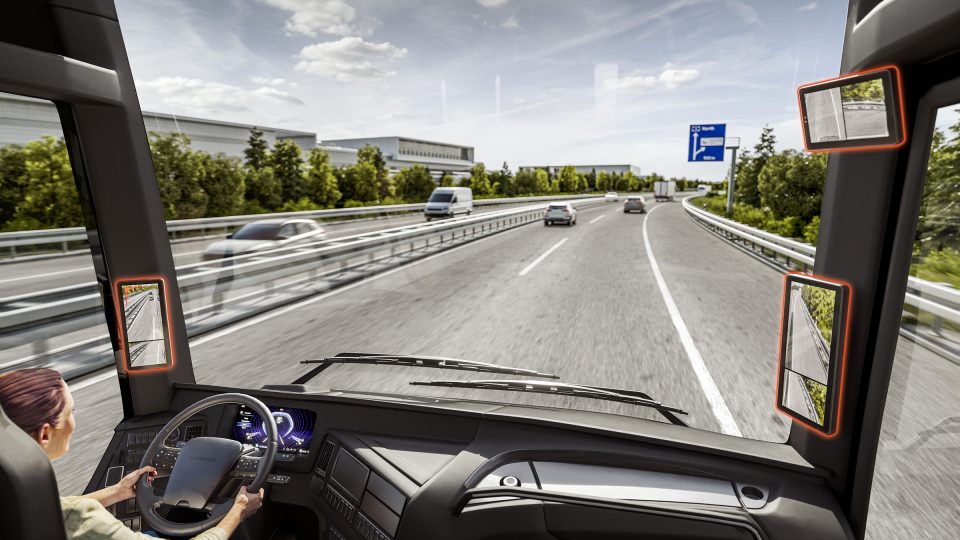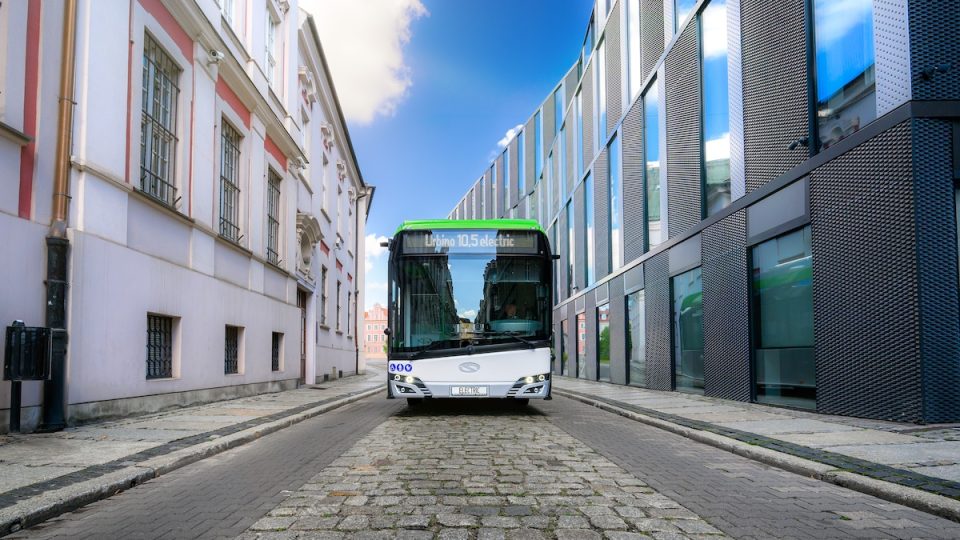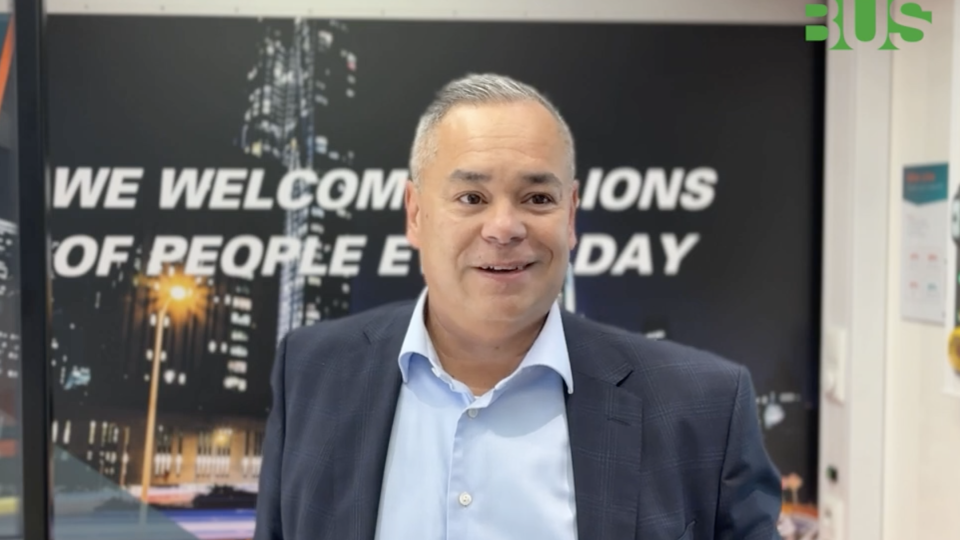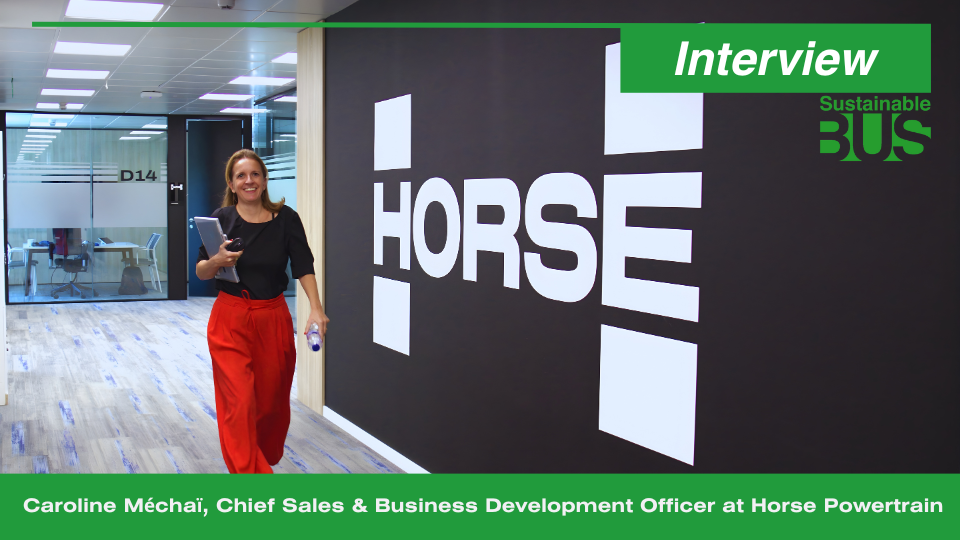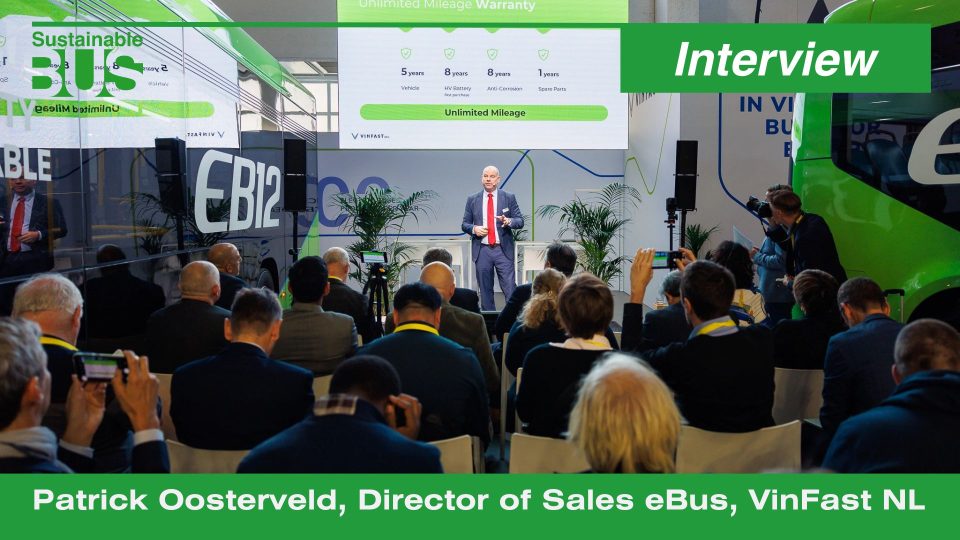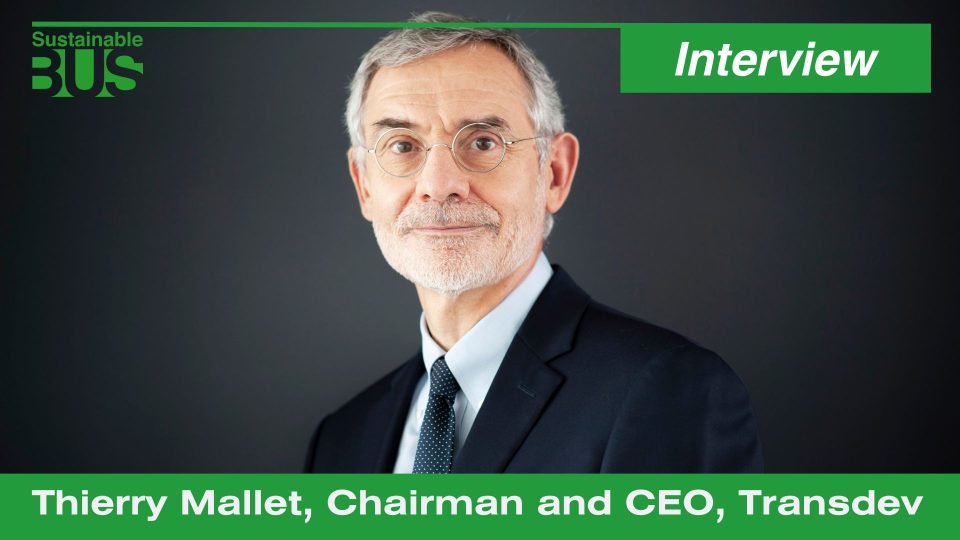India, the challenges of e-mobility and the future of transit in Telangana state. Our interview with TGSRTC Managing Director Sri V.C. Sajjanar
by Usha Praveen Telangana state, in the south-central part of the Indian subcontinent, has over 35 million inhabitants. TGSRTC has recently launched 35 luxury electric buses by JBM on the Karimnagar-Hyderabad (Jubilee Bus Station) route, around 160km long. The transport company plans to have as many as 1,050 electric buses operational within 2025, following a tender issued this year. […]
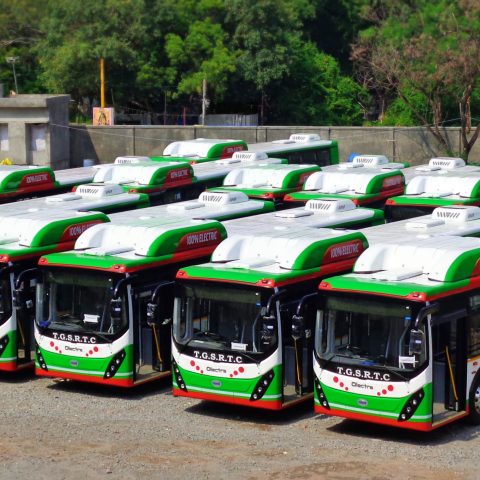
by Usha Praveen
Telangana state, in the south-central part of the Indian subcontinent, has over 35 million inhabitants. TGSRTC has recently launched 35 luxury electric buses by JBM on the Karimnagar-Hyderabad (Jubilee Bus Station) route, around 160km long. The transport company plans to have as many as 1,050 electric buses operational within 2025, following a tender issued this year.
In this interview, we delve into key aspects of Telangana State Road Transport Corporation (TGSRTC)’s operations with Managing Director Sri V.C. Sajjanar, focusing on service coverage, fleet management, technology integration, and future strategies. A major highlight is TGSRTC’s shift towards integrating e-city and e-coaches, examining its impact on operational efficiency and sustainability.
We have tendered for 1,050 e-buses, with 500 serving Hyderabad and 550 for inter-city routes. By March 2025, these buses will be operational, and we are determined to achieve net-zero emissions. However, delays in manufacturing are a challenge, but we aim to replace diesel buses with electric ones in phases.
Sri V.C. Sajjanar, Managing Director, TGSRTC
TGSRTC: technology, service, operations (and e-buses)
Can you provide an overview of TGSRTC’s current operations and service coverage?
TGSRTC operates 8,616 buses daily, connecting 11,104 villages across Telangana, covering 87% of the state. This extensive network serves 5.6 million passengers each day and spans 3.2 million km daily through a robust infrastructure, including 99 depots and 364 bus stations.
The fleet utilization rate stands at an impressive 96.87%, highlighting TGSRTC’s dedication to providing efficient and reliable public transport services throughout the region. TGSRTC’s services also extend to neighbouring states such as Andhra Pradesh, Karnataka, Tamil Nadu, Maharashtra, Goa and Chhattisgarh.
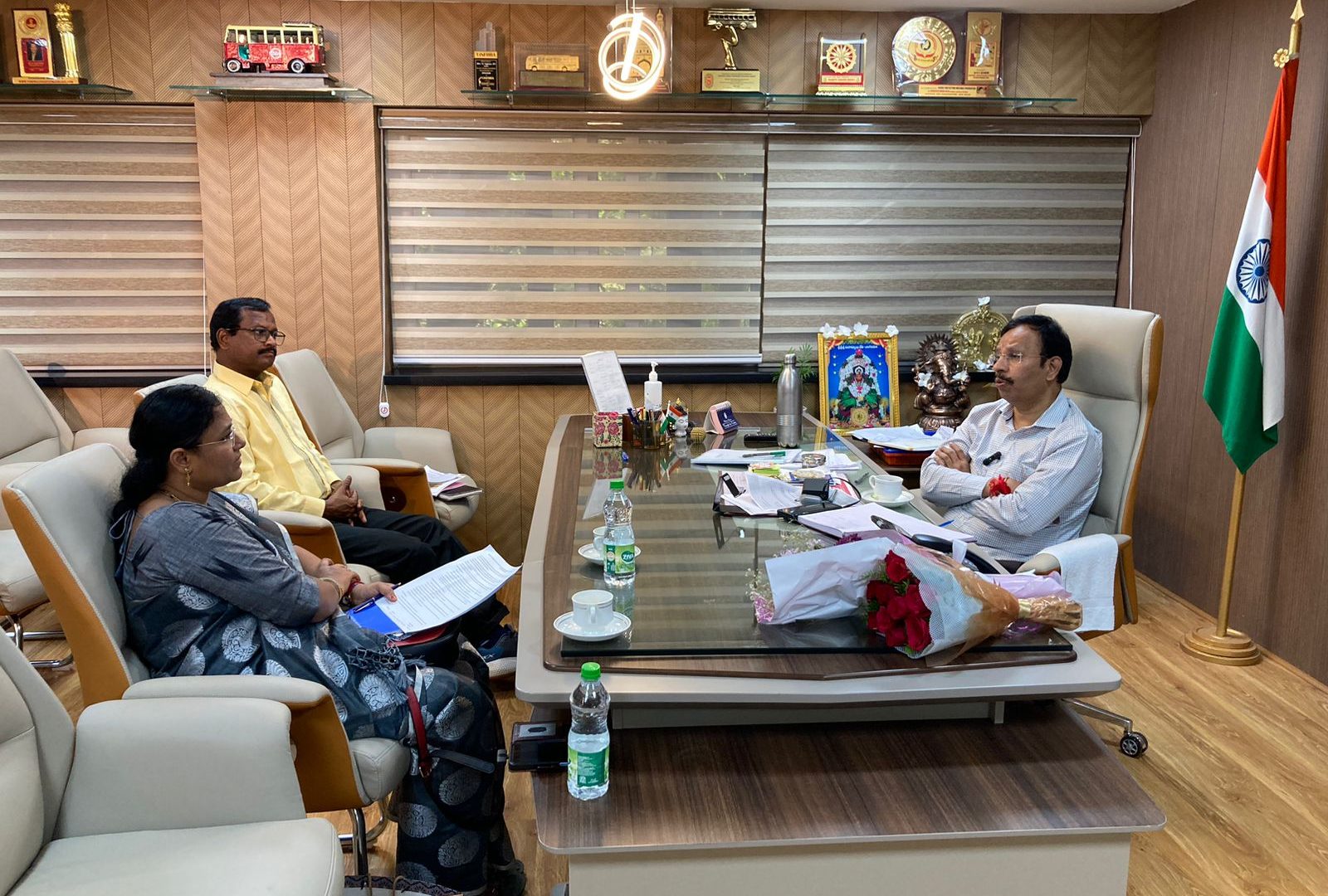
What inspired TGSRTC to integrate e-city and e-coaches into its fleet, and how does this align with your overall strategy for entering the electric bus market?
TGSRTC is the public transport undertaking in the state which provided transport facilities to travelling public across the state of Telangana. As part of its social obligation always pioneered in containing carbon footprint while operating the largest ICE (Internal Combustion Engine) fleet to sustain planet Earth.
The evolving electric technology in passenger buses with zero emissions attracted the attention of TGSRTC. Further the objective of National Electric Bus Program to make 30% transport fleet electric by 2030 also encouraged the TGSRTC to pioneer e-bus public transport in the country way back in 2019 by deploying 40 e-buses to RGIA (Rajiv Gandhi International Airport) from different zones of Hyderabad city. Further, National and State EV policies motivated to introduce e-buses in city and inter-city routes in phased manner and the process is in progress.
As the EV technology is in evolving stage, the Corporation at present planning to procure e-buses under GCC model (Gross Cost Contract) with e-bus OEM as partner in maintaining these e-buses. This will also cut down the operational cost as the vehicles are maintained by the operator/aggregator and also engages his own drivers for operation.
The present fleet of e-buses are under operation on GCC model, where the operator is selected through tender process and a concession agreement is signed in to cover the total contract period of 10/12 years. However, the e-buses cannot replace ICE buses on one-to-one basis due to limitation in range of operation with single charge additional electric buses are to be put into operation to meet the same volume of operation in the ratio of 1:1.2. The schedules for operation have to be revised keeping in view the intermediate charging requirements and full charging requirements of 2 to 4 hrs at maintenance depots.
Sri V.C. Sajjanar, Managing Director, TGSRTC
How has the implementation of e-city and e-coaches impacted operational efficiency and environmental sustainability within TGSRTC?
These e-buses are under operation in Hyderabad city catering to city passengers and few buses are operated to Vijayawada. As these are new fleet with e-bus technology, the net zero is ensured and except for the time required for charging, the bus can be used effectively. In view of limitations in single charge range for covering scheduled kilometres, the efficiency in terms of vehicle utilisation and crew productivity is affected but this can be overcome by providing opportunity charging facilities enroute or at major terminal points.
The integration of e-coaches in TGSRTC’s fleet
Can you explain how e-coaches were integrated into your fleet, the role of operations management, and whether it was done through the GCC model?
The present fleet of e-buses are under operation on GCC model, where the operator is selected through tender process and a concession agreement is signed in to cover the total contract period of 10/12 years. However, the e-buses cannot replace ICE buses on one-to-one basis due to limitation in range of operation with single charge additional electric buses are to be put into operation to meet the same volume of operation in the ratio of 1:1.2. The schedules for operation have to be revised keeping in view the intermediate charging requirements and full charging requirements of 2 to 4 hrs at maintenance depots.
What are TGSRTC’s plans for expanding the use of electric buses, and how do you envision the role of e-city and e-coaches evolving?
We have tendered for 1,050 e-buses, with 500 serving Hyderabad and 550 for inter-city routes. By March 2025, these buses will be operational, and we are determined to achieve net-zero emissions. However, delays in manufacturing are a challenge, but we aim to replace diesel buses with electric ones in phases.
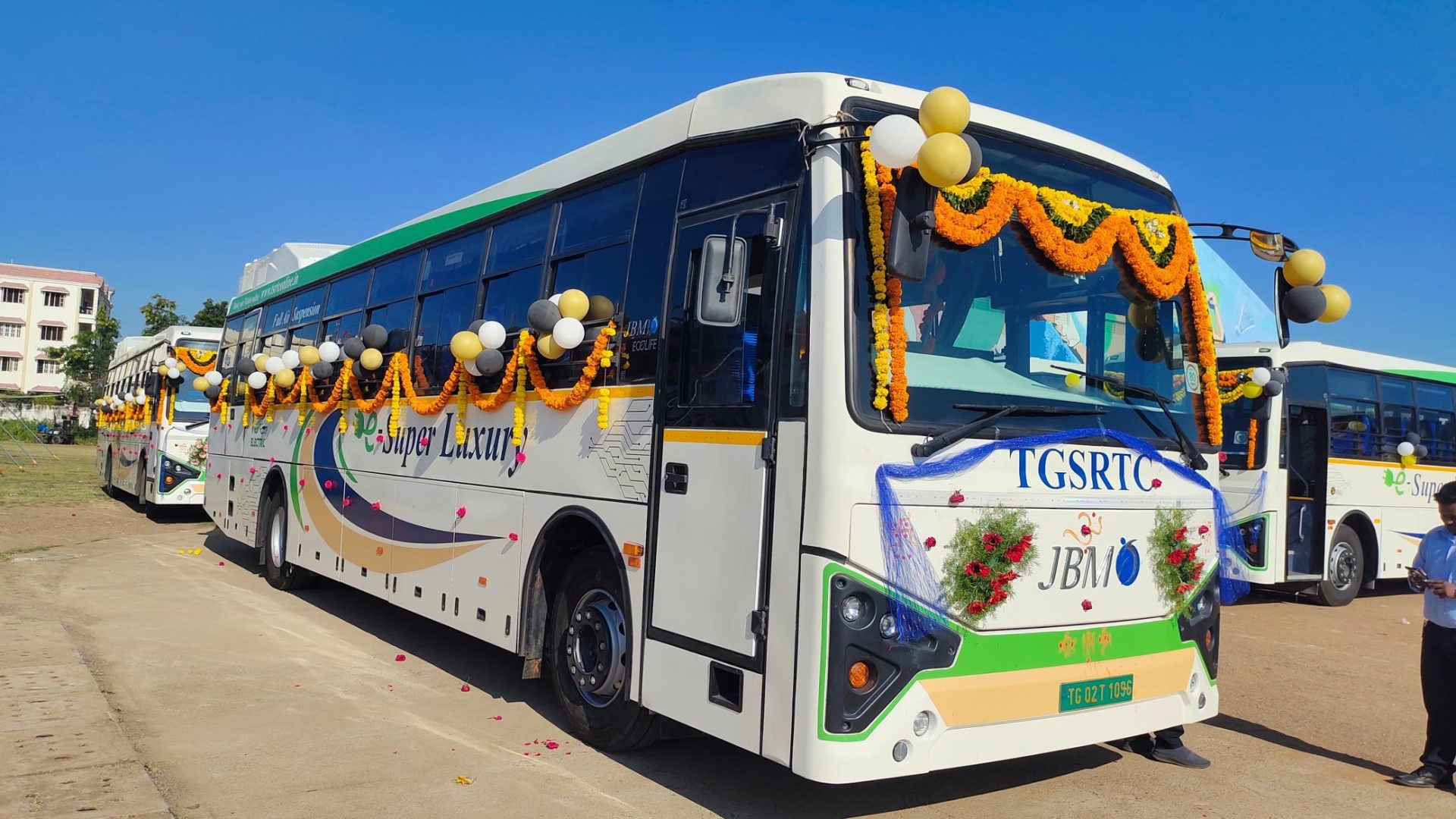
Fleet management, ticketing, maintenance
How does TGSRTC ensure the efficiency and reliability of its fleet management?
We have a robust maintenance system honed over 90-plus years of experience. TGSRTC collaborates closely with diesel vehicle manufacturers, allowing us to implement a comprehensive preventive maintenance program.
This program includes scheduled maintenance activities at daily, weekly, monthly, and quarterly intervals. Critical components such as engines, brakes, and electrical systems are regularly inspected to prevent breakdowns and ensure operational reliability. Daily checks focus on basic safety and fuel efficiency, while in-depth diagnostics and overhauls occur quarterly. This approach reduces unplanned downtime and extends vehicle lifespan.
How does TGSRTC manage route planning and scheduling to meet passengers’ needs effectively?
With over 90 years of operational experience, our route planning meticulously connects high-demand areas based on ticketing data, public feedback, and representations from public figures.
We conduct customer surveys and monitor social and print media to improve our services. Our schedules are tailored to match travel demand, and buses undergo a minimum of 3-hour daily downtime for preventive maintenance.
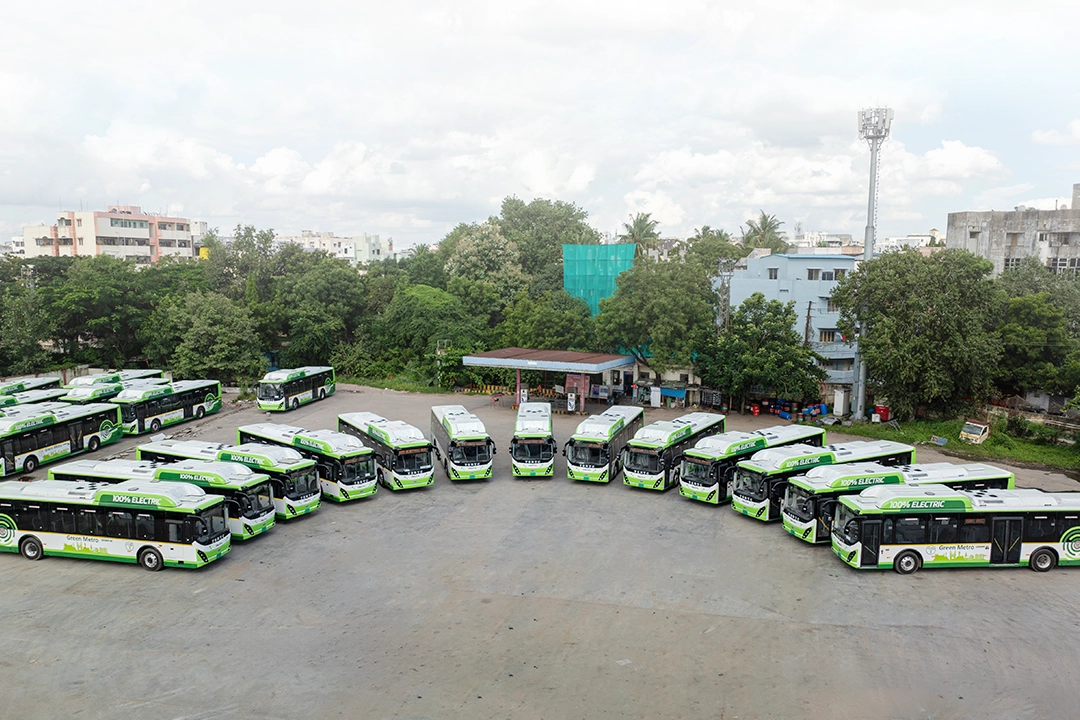
How does TGSRTC envision the role of technology, such as smart ticketing or real-time tracking, evolving in its future operations?
TGSRTC has embraced technology way back during 1980s to improve its operational efficiency. The ERP system was made live during 2023. we have on boarded the Automatic fare collection system which is underway for implementation and the corporation will ensure digital payments besides proper accountability.
“Gamyam app”- dedicated for vehicle tracking and passenger system is grounded on 4,200 buses which aims at ensuring that the passengers can track their buses, which improves reliability and punctual operations, and it is now expanded to cover all the 9,200 buses of the corporation.
Implementation of a dynamic pricing model in long-distance routes. TIM (Ticket Issuing Machine) software with capabilities to change fares and include additional line items like Cess etc. Providing a Digital payments facility for all passengers/customers.
What is TGSRTC’s customer satisfaction index, and how do you manage customer delight?
TGSRTC strives to be customer-friendly by conducting feedback surveys and benchmarking service levels against passenger expectations. We improve amenities, safety, and convenience based on this feedback.
A 24/7 call center addresses passenger grievances, and all public toilets have made free. We manage about 7,000 social media queries annually, and our use of social media has helped improve our brand image. We also provide training to ensure our crew interacts courteously with passengers.

